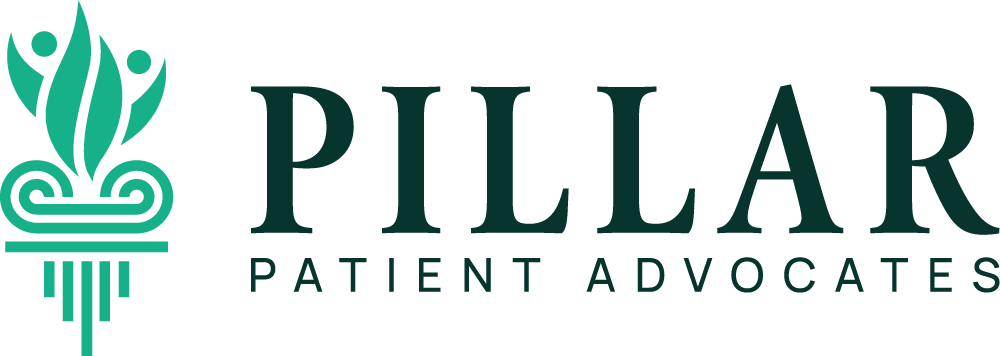When you are navigating a serious health condition, the last thing you may want to think about is how pharmaceutical companies market to you. But direct-to-consumer (DTC) advertising is a growing trend in the biopharmaceutical industry, and it has a significant impact on how patients and caregivers learn about treatments. Whether you have seen commercials for prescription drugs on television, encountered online ads promoting new medications, or received targeted emails about clinical trials, you have likely been exposed to DTC marketing. But what does this mean for you as a patient or caregiver? And how can you make sense of the messages you receive?
What Is Direct-to-Consumer Marketing in Biopharma?
Traditionally, pharmaceutical companies focused their marketing efforts on healthcare providers—giving doctors, specialists, and hospitals the information needed to prescribe medications. But over the past few decades, there has been a shift toward engaging directly with patients. The goal of DTC marketing is to educate people about diseases, raise awareness of available treatments, and ultimately encourage patients to discuss specific drugs with their healthcare providers.
In the United States, DTC pharmaceutical advertising is legal, and you have likely seen examples in the form of television commercials featuring actors discussing their experiences with a medication, followed by a rapid-fire list of side effects. Print ads in magazines, digital advertisements, and social media campaigns are other common ways these companies reach patients. Some well-known examples include commercials for Humira (used for autoimmune diseases like rheumatoid arthritis and Crohn’s disease) and Keytruda (an immunotherapy drug for certain types of cancer). These ads aim to make treatments more recognizable to patients who might otherwise not be aware of them.
How Biopharma Companies Target Patients
Biopharmaceutical companies use a range of methods to reach patients and caregivers directly. These strategies include:
-
Television, Print, and Digital Advertising
Many patients first encounter prescription drug advertising through TV commercials or online ads. These often feature relatable patient stories, reassuring visuals, and messaging that encourages viewers to "ask your doctor about" a specific medication. For example, commercials for Ozempic (a diabetes and weight management drug) have become widely recognized for their catchy jingle and patient-focused messaging.
-
Personalized Digital Marketing
With the rise of data-driven advertising, pharmaceutical companies now tailor messages to specific patient demographics. If you have ever searched for information about a condition online and then noticed ads for related medications appearing in your social media feed, you have likely experienced this form of marketing. Companies use data from websites, patient forums, and even health-related mobile apps to reach audiences who may be interested in their treatments.
-
Patient Support Programs
Some biopharma companies go beyond advertising by offering financial assistance programs, medication adherence tools, and community-building efforts. These programs can be helpful for patients who struggle to afford expensive medications or who need additional resources to manage their condition. For instance, Gilead Sciences offers financial assistance programs for its HIV and hepatitis C medications, and many cancer drug manufacturers provide patient support services that help with navigating insurance coverage.
-
Social Media Engagement and Patient Influencers
Pharmaceutical companies have increasingly turned to social media platforms like Facebook, Instagram, and TikTok to engage with patients. Some even collaborate with patient influencers—people who share their health journeys online—to spread awareness about treatments. While this can provide a sense of community, it also raises ethical concerns about transparency and the potential for biased information.
-
Clinical Trial Recruitment
Biopharma companies often promote clinical trials directly to patients in an effort to increase enrollment. Digital ads, patient advocacy partnerships, and even targeted emails inform potential participants about opportunities to join research studies. While participating in a clinical trial can be a valuable option for some patients, it is important to carefully evaluate the risks and benefits before enrolling.
The Patient Perspective: Is DTC Marketing Helpful or Harmful?
For some patients, DTC marketing provides valuable information that leads to more informed conversations with their healthcare providers. Seeing an ad for a new treatment option may prompt a patient to ask their doctor about it, leading to better discussions about available therapies.
However, many patients and caregivers feel uneasy about being targeted by pharmaceutical advertisements, especially when they are already vulnerable due to a serious diagnosis. There is also concern that these ads might oversimplify complex medical decisions or create unrealistic expectations about the effectiveness of a drug. While all prescription drug advertisements must comply with FDA regulations and include information about risks and side effects, marketing messages are still designed to make a product appealing.
Additionally, DTC marketing does not necessarily prioritize the most affordable or best treatment option for a patient—it prioritizes the drug being advertised. This means that patients need to be cautious consumers, balancing the information presented in ads with medical advice from their healthcare providers.
How to Evaluate Drug Advertisements as a Patient
If you see a pharmaceutical ad or receive marketing materials about a medication, consider the following questions:
- Who is sponsoring this message? Ads are designed to sell a product, even if they include educational components. Look at the source of the information and whether it presents a balanced perspective.
- Does the ad provide a complete picture? Pay attention to the fine print about risks and side effects. No medication is without potential drawbacks.
- Is this treatment right for me? Just because a drug is heavily advertised does not mean it is the best option for your specific condition. Always discuss new treatment possibilities with your doctor.
- Are there alternative treatments? Some medications have lower-cost generic versions or other therapeutic options that may be worth considering.
As a patient or caregiver, you are more than just a consumer—you are someone seeking the best possible care and treatment for a serious health condition. While biopharmaceutical companies invest heavily in marketing to reach patients directly, it is important to approach these messages with a critical eye. The goal should always be to make informed healthcare decisions based on accurate information, medical guidance, and your own personal needs. If you ever feel overwhelmed by the information being presented to you, patient advocacy organizations and healthcare professionals can help guide you through your options.
At the end of the day, your health journey should be based on what is best for you—not just on the messages you see in advertisements.



